The classification of continents has been a subject of debate in geographical and geological circles for centuries. Traditionally, most people are taught that there are seven continents: Africa, Antarctica, Asia, Europe, North America, Oceania, and South America. However, some perspectives argue for a six-continent model, merging Europe and Asia into a single landmass known as Eurasia. This classification is often based on geological and tectonic reasoning rather than cultural or historical distinctions.

One intriguing question that emerges in this discussion is the status of Iceland and how its unique tectonic setting contributes to our understanding of continental definitions. Iceland sits atop the Mid-Atlantic Ridge, straddling two tectonic plates, which raises questions about its classification in relation to continental structures. This article delves into Iceland’s tectonic and geological characteristics, its role in continental formation, and the broader implications for defining continents.

The Tectonic Characteristics of Iceland.
1. Divergent Plate Boundary.
Iceland is uniquely positioned at the divergent boundary between the Eurasian and North American plates. The Mid-Atlantic Ridge runs through the center of Iceland, making it one of the few places on Earth where a mid-ocean ridge is exposed above sea level. This tectonic setting results in constant geological activity, including:-
Rift Volcanism : The separation of the plates leads to extensive volcanic activity, as magma wells up to fill the gap.
Basaltic Volcanism : The majority of Iceland’s surface is composed of basaltic rock, formed by repeated lava flows.
Frequent Earthquakes : The continuous movement of the plates causes earthquakes, which further shape the landscape.
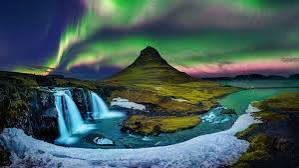
2. Geological Formation and the Icelandic Hotspot.
In addition to the Mid-Atlantic Ridge, Iceland is influenced by a powerful geological feature known as the Icelandic hotspot. A hotspot is a localized area of intense heat in the mantle that causes volcanic activity at the surface. This combination of a hotspot and a divergent plate boundary makes Iceland geologically unique, resulting in a landscape dominated by volcanoes, geothermal activity, and glacial interactions.
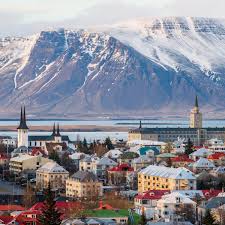
The interplay between Iceland’s hotspot and tectonic movements has shaped its evolution over millions of years. Unlike traditional continental landmasses, which are primarily composed of granitic crust, Iceland’s composition is largely basaltic, more similar to oceanic crust. However, its emergence above sea level and continuous expansion raise important questions about continental definitions.

The Geological Context of Continental Classification.
1. What Defines a Continent? The definition of a continent is not strictly geological but is often influenced by historical, cultural, and geographical factors. From a geological perspective, a continent is typically characterized by : a thick granitic crust distinct from oceanic crust, large-scale landmass continuity and tectonic stability relative to oceanic regions.
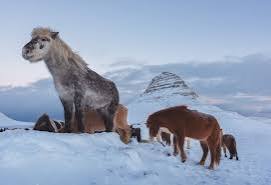
2. The Six-Continent Model.
Some models advocate for six continents instead of seven, often merging Europe and Asia into a single entity known as Eurasia. This model is based on the fact that Europe and Asia share a continuous landmass with no significant geological boundary between them. Unlike other continents separated by oceans or major geological features, Eurasia is uninterrupted by a clear tectonic divide.
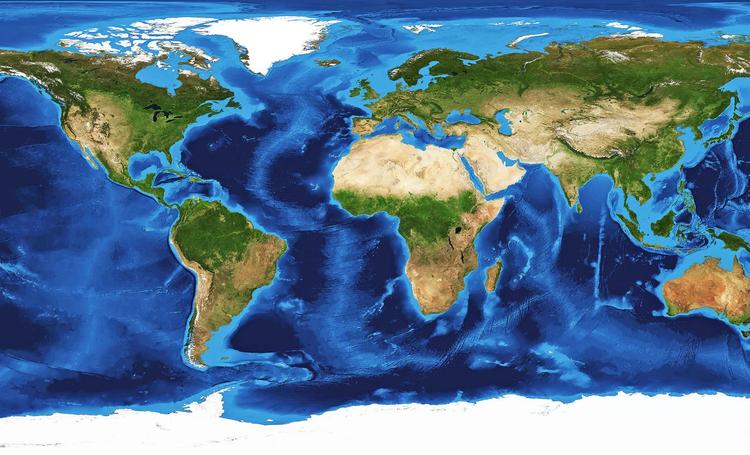
From this perspective, the argument for six continents is more aligned with geological reasoning than with cultural or historical distinctions. This raises an interesting point regarding Iceland: if continental classification were purely geological, how would Iceland be considered?
The Case of Iceland : Continent or Oceanic Island?
Iceland presents a challenge to traditional continental definitions. Unlike true continental landmasses, Iceland is primarily volcanic and formed at a divergent boundary. However, its unique characteristics distinguish it from other oceanic islands. Iceland is significantly larger than typical volcanic islands, with a stable landmass that continues to expand.
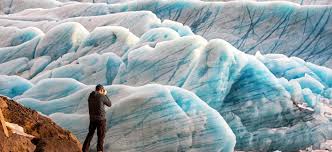
Geological Distinction.
Unlike smaller islands formed from a single volcanic eruption, Iceland’s formation is linked to a persistent tectonic and mantle-driven process.- “Emergent Above Sea Level”. Many mid-ocean ridge segments remain submerged, but Iceland’s exposure makes it an exception.
Implications for Continental Classification
1. Could Iceland Be Considered a Mini-Continent? Some geologists argue that Iceland represents an unusual case in continental classification. While it lacks the thick granitic crust typical of continents, its size, geological activity, and role in the North Atlantic tectonic system make it an important feature of global geology.
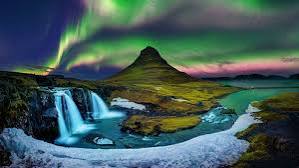
Pro-Continent Argument: some suggest that Iceland, along with Greenland, should be considered part of an extended continental system due to their geological connection to the North Atlantic Craton. Others argue that Iceland remains an oceanic island rather than a continental mass due to its primarily basaltic composition and formation from a mid-ocean ridge rather than an ancient continental plate.
2. How Does This Impact the Six-Continent Model?
If geological criteria were strictly applied, the six-continent model might need further refinement to address regions like Iceland. While Eurasia’s merger makes geological sense, Iceland’s classification remains ambiguous. This ambiguity highlights a broader issue: continental definitions are not purely geological but also shaped by historical, cultural, and geographical considerations.
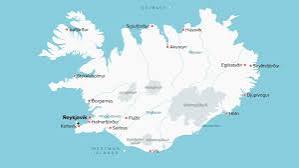
The debate over whether the Earth has six or seven continents is deeply intertwined with geological, cultural, and historical factors. While the six-continent model simplifies continental classification by merging Eurasia, it does not necessarily resolve anomalies such as Iceland. Iceland’s geological uniqueness—its formation at a divergent boundary, interaction with a hotspot, and continuous expansion—makes it an exceptional case in continental discussions.From a purely geological standpoint, Iceland does not fit neatly into the traditional definition of a continent. However, its significant landmass, persistent geological activity, and emergence above sea level differentiate it from typical oceanic islands.

Whether or not Iceland should be considered part of a continent, or even a mini-continent itself, remains an open question for geologists. Ultimately, Iceland serves as a fascinating case study that challenges conventional notions of continental classification. It reminds us that the Earth’s surface is dynamic, and our understanding of landmasses must evolve alongside our knowledge of geology and tectonics.
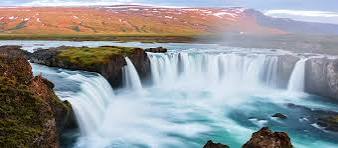


Pingback: Vanishing Blues: Why the World’s Lakes Are Changing Color – World Today